Understanding Of Dental Crowns:
A dental crown is a custom-made cap that fits over the visible part of a tooth. It helps restore a tooth’s shape, size, strength, and overall appearance. Often, dental crowns protect weakened teeth, repair cracked or worn teeth, and support teeth with large fillings.
Why Are Dental Crowns Used?
Dental crowns serve many purposes, especially when a tooth needs extra support or protection.
1.Tooth Damage:
First, dental crowns strengthen and support teeth that have been damaged significantly.
2.Cracked or Broken Teeth:
When teeth are cracked or broken, crowns restore them by providing additional protection and durability.
3.Teeth with Large Fillings:
For teeth with large fillings, crowns offer extra support to prevent further damage.
4.After a Root Canal:
After a root canal, dentists typically place a crown to protect and reinforce the treated tooth, as it can be more fragile.
Types of Dental Crowns:
There are several types of dental crowns, each suitable for specific needs and preferences.
1.Porcelain Crowns:
Porcelain crowns are a popular choice for front teeth due to their natural look, which blends well with other teeth.
2.Ceramic Crowns:
Like porcelain, ceramic crowns are durable and visually appealing, making them ideal for visible areas.
3.Metal Crowns:
Metal crowns, crafted from alloys like gold or silver, are incredibly durable and often used on molars for their strength.
4.Porcelain-Fused-to-Metal (PFM) Crowns:
PFM crowns combine the aesthetic of porcelain with the resilience of metal, offering both a natural appearance and strength.
Steps in the Dental Crown Procedure:
Getting a dental crown involves several important steps that ensure a secure and custom fit.
1.Consultation and Examination:
First, the dentist examines the tooth and discusses treatment options with the patient.
2.Preparing the Tooth:
Then, the tooth is cleaned and shaped to make room for the crown.
3.Taking Impressions:
Next, a mold of the prepared tooth is taken, which helps create a custom fit for the final crown.
4.Temporary Crown:
While the permanent crown is made in a lab, a temporary crown is placed to protect the tooth.
5.Crown Placement:
Finally, the dentist attaches the permanent crown using a strong dental adhesive, securing a precise fit.
Caring for Your Dental Crown:
Proper care for a dental crown can help it last longer and maintain its appearance.
1.Good Oral Hygiene:
Brushing, flossing, and regular check-ups are essential for keeping the crown in top condition.
2.Avoiding Hard Foods:
Biting on hard foods can damage the crown, so it’s best to avoid them when possible.
3.Professional Cleanings:
Routine dental cleanings help prevent plaque from building up around the crown, ensuring better longevity.
Final Thoughts:
Dental crowns offer an effective solution for restoring and protecting damaged teeth. By following a recommended care routine and maintaining good oral hygiene, individuals can enjoy a healthier smile and improved oral health. If you think a dental crown might benefit you, consider discussing your options with a dentist.
FAQs:
1.What is a dental crown, and why would I need one?
A dental crown is a custom-made cover placed over a tooth to restore its shape, size, and strength. You might need one if a tooth is weak, broken, has a large filling, or has recently undergone a root canal.
2.How long do dental crowns last?
Dental crowns generally last between 10 and 15 years. However, with proper care, some can last even longer.
3.What types of dental crowns are available?
Common types include porcelain, ceramic, metal, and porcelain-fused-to-metal (PFM) crowns. Each type offers different benefits depending on the tooth’s location and specific needs.
4.Are dental crowns permanent?
While very durable, dental crowns may need replacement after several years due to normal wear and tear.
5.Is getting a dental crown painful?
The crown placement process is usually painless since a local anesthetic is used. Any mild discomfort afterward typically fades quickly.
6.How should I care for a dental crown?
Regular brushing, flossing, avoiding hard foods, and visiting your dentist for routine cleanings will help keep a crown in excellent shape.
7.Can a crowned tooth get cavities?
Yes, the underlying tooth can still develop cavities, especially around the edges of the crown. Good oral hygiene is essential.
8.How much does a dental crown cost?
The cost varies depending on the type of crown and location. Dental insurance may cover part of the cost if it’s deemed medically necessary.
9.What is the difference between a crown and a filling?
A filling repairs a small portion of a tooth, while a crown covers the entire visible surface, offering more extensive protection and support.
10.Can dental crowns be whitened?
Dental crowns cannot be whitened. If a crown’s color no longer matches, it may need replacement for a better aesthetic match.



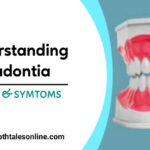
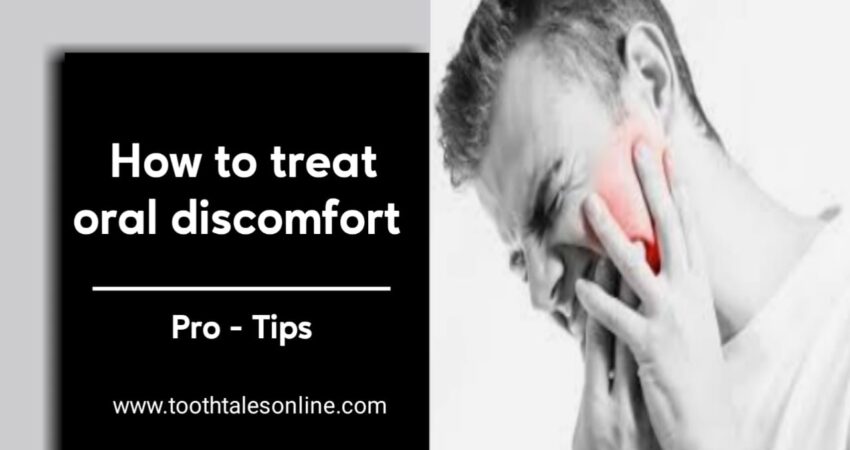



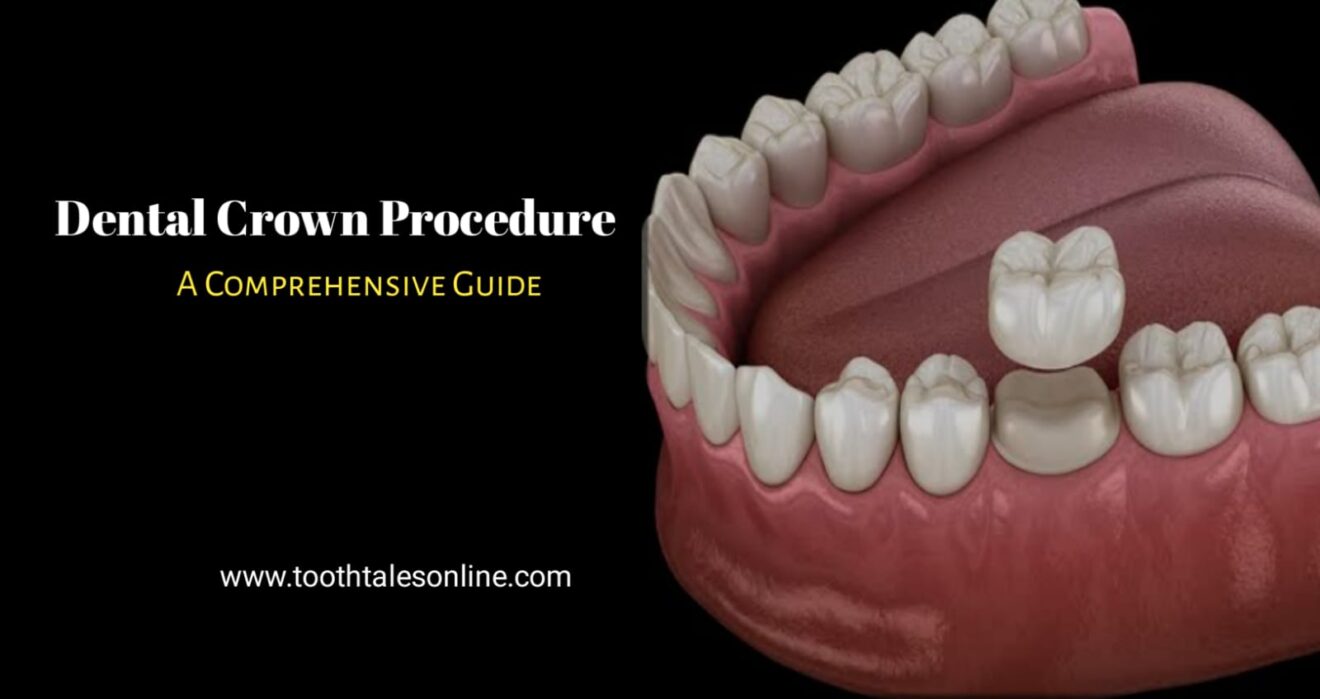
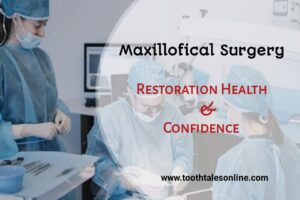
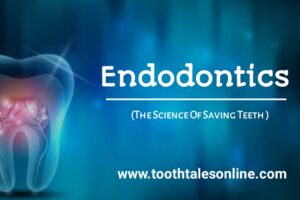
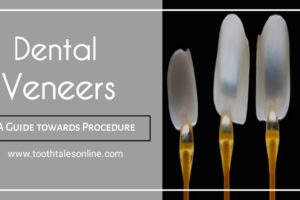










Add Comment